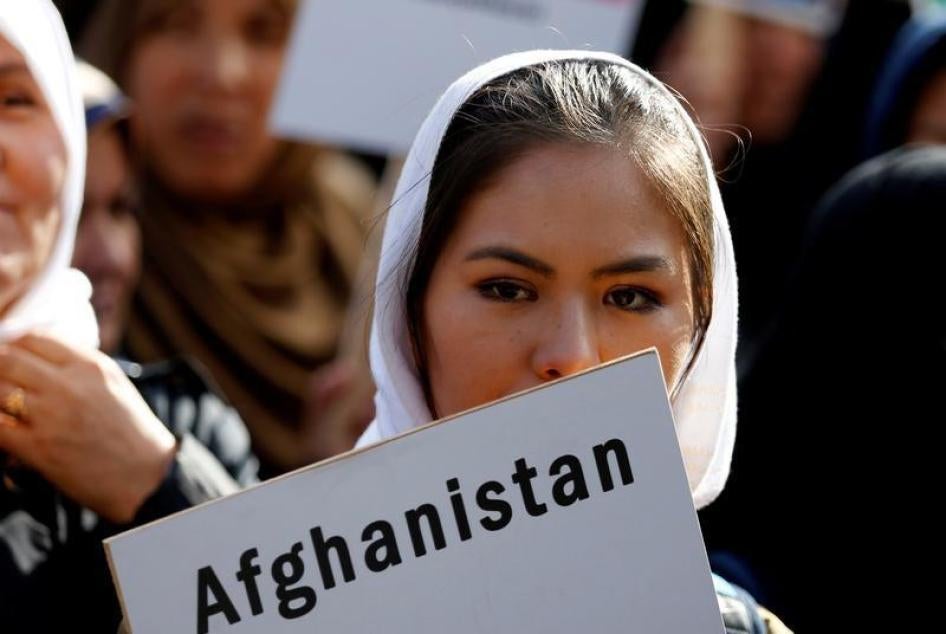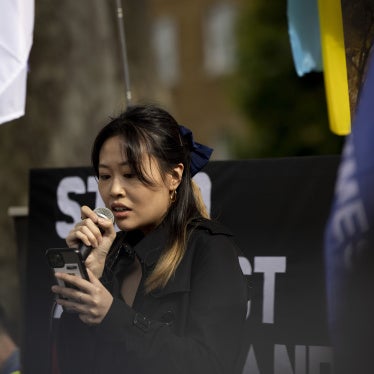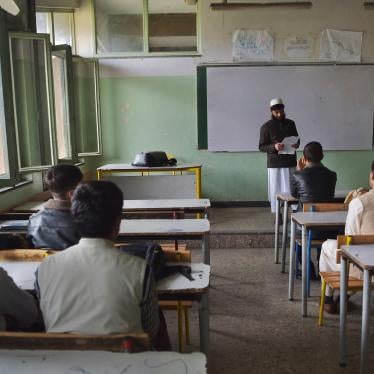When you agree to give someone billions of dollars, you want to be pretty sure you know what you’re getting in return, right?
But donors who doled out US$15.2 billion in aid to Afghanistan seemed to have failed to do just that when it came to the critical issue of the participation of women in the peace process.
At the October 5, 2016, Brussels Conference on Afghanistan, donors agreed to provide $15.2 billion in aid over the next four years. That’s great news, because the needs in Afghanistan are increasingly desperate, as security deteriorates, the economy falters, and hundreds of thousands of people sent back from Pakistan, Iran, Europe, and elsewhere struggle to survive alongside more than a million internally displaced people.
But things start to look shaky when you look at the 24 benchmarks the Afghan government agreed to – after extensive negotiations with donors ahead of the summit – in return for the assistance.
One of these benchmarks relates to Afghanistan’s implementation of Security Council Resolution 1325, adopted in 2000, calling for women’s “equal participation and full involvement in all efforts for the maintenance and promotion of peace and security.” This is especially important in Afghanistan, where women’s rights activists have for years raised concerns that the government will trade away women’s rights in an effort to reach an accommodation with the Taliban. These fears have been exacerbated by the routine exclusion of women from peace negotiations, which has continued, despite promises to the contrary, under the National Unity Government that took power in 2014.
The Brussels benchmark states that the Afghan government will “demonstrate progress in implementing [the National Action Plan on Resolution] 1325 as specified in its implementation plan through annual published reporting in 2017 and 2018.”
But the catch is that the donors who negotiated this benchmark haven’t seen this implementation plan. The government in June 2015 issued a National Action Plan on implementing Resolution 1325, but it was a general set of goals, not a specific plan. The government promised, at a previous donor conference, to produce a detailed implementation plan by the end of 2015. That plan was never produced, or if it was, it was never made public or, apparently, shared with donors.
Afghan women had no chance to negotiate for themselves how the Brussels benchmarks would represent their interests. That was reserved for the donors putting up the cash. Those donors should face hard questions about why, on this crucial issue, they were ready to settle for a plan they’d never seen. And the Afghan government should demonstrate they have a plan by letting the world see it.










